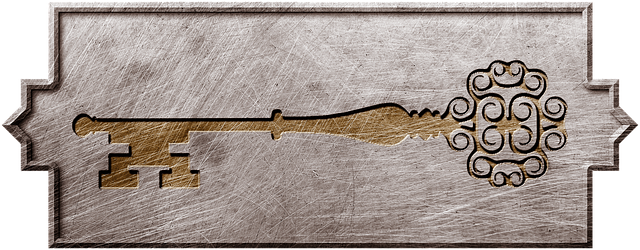
With a poor economy and not many good job prospects in the near future, many people today are looking to create a home business on the Internet. If you plan on having a business online, it pays to understand the importance of web page design. Check out these excellent tips about website design so that your business can succeed.
Does your site pass the NoScript test? This is a Firefox extension you can download, and it will check your site’s readability. Some types of content, such as product ordering systems, won’t work without scripts, however if your website looks completely blank without any scripts, you have work to do.
Unless your website can be viewed on a variety of browsers, it is unlikely to produce the desired results. Ensure that the site can be easily navigated on the most popular browsers. A webpage that displays properly using Internet Explorer, could appear incorrectly or poorly on a different browser such as Firefox or Chrome. Before you website is launched, test the display of each page in all major browsers.
You should always be on the lookout for new information from various forums that can help you learn how to start out, or gain more knowledge with web design. There are countless websites that you can find with a quick search through Google that can help you.
Broken Links
Before publishing websites, check them for broken links. A visitor will get very annoyed when they click on a link that takes them to either a blank page or one that gives them an error. You can manually check links or use a program that will find broken links for you.
Give some thought to the background of your website. Some sites use moving GIF images in the background which may at times be good, but mostly it just makes the text hard to read. Choose a background which coordinates well with the message that you are trying to impart, it must blend in well with the balance of your website design.
Always keep the size of your pages to a minimum. If your pages take a long time to load, visitors with slow connection speeds will lose interest. A visitor who has to wait a long time to see your information will move on.
Research your keywords. Although content is important, you must develop a customer base using keywords. Knowing which keywords will help visitors find your website will help.
Include photographs to make your site look professional. Having personal pictures on your site makes your site appear more user friendly. When the visitors seed that you spent more time putting together your site, they’ll look forward to clicking on your next picture.
Alt Tags
Create an easily scannable website. Usability tests indicate that the majority of online users fail to read content in its entirety, scanning instead for bits of information that are of interest to them. Emphasized text broken into easily scannable sections can help your viewers want to return to your site. On the upper area of each page, you should place your key information. Your users will appreciate it, because it helps them know if your site has what they are looking for.
Images need ALT tags so do this while you are setting up your website. This allows everyone to gain access to the intended information. When links are used for images, having an ALT tag lets you describe the link’s behavior. Lastly, search spiders use ALT tags, so this can help you in the SERPs.
Choose fonts that are legible, and look professional. Professional websites use professional fonts. Fancy fonts, such as those that look like gothic lettering or calligraphy, can often be hard to read. Other fonts, like Comic Sans, send a message that you aren’t professional. Your style should specify a default font in case a user doesn’t have your preferred font. This can look worse.
Website creation doesn’t need to be hard. Some techniques are hard, but it will be easier with this advice. No matter why you are interested in site design, use the above tips.
Offer to store personal information for returning users. For instance, if someone fills out a form using personal information, he or she should have to enter that same information in again when he or she goes to fill out an additional form. Saving the user’s information in this way simplifies work for them, and is much appreciated by your website visitors.




